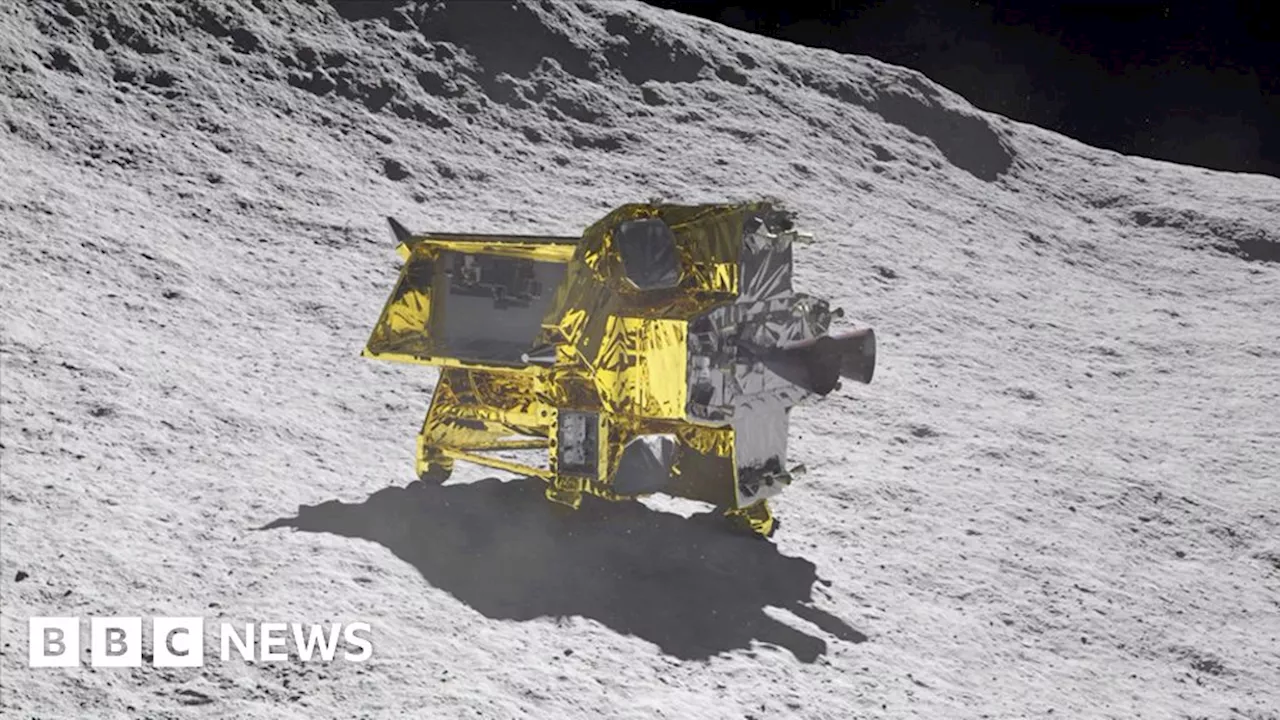The reawakened craft has begun detailed analysis of the lunar surface including nearby rocks
After the Japan Aerospace Exploration Agency re-established contact with its Moon lander on Sunday night, the craft started to study its surroundings in detail and transmit new images to Earth.One lunar scientist told BBC News: "Now we're really seeing the science."The craft is at a very awkward angle. A picture, captured by the small baseball-sized robot called Sora-Q - which was ejected from Slim moments before touchdown - showed the lander face-down on the lunar surface.
The mission team had already been able to study images of the landing site and have picked out specific rocks in the area and given each one the name of a dog breed - apparently to give an indication of the size of each rock. On Monday, the team released a grey, rocky close-up image - this was the lander's scientific camera zooming in on a rock that has been named "toy poodle".
Seeing that will enable scientists to build up a picture of the Moon's history. "If toy poodle is completely different to the rocks around it, that might suggest it was transported there by an impact event," explained Dr Barber. "So all this detail allows us to piece together more about what's happened on the Moon since it was formed."
